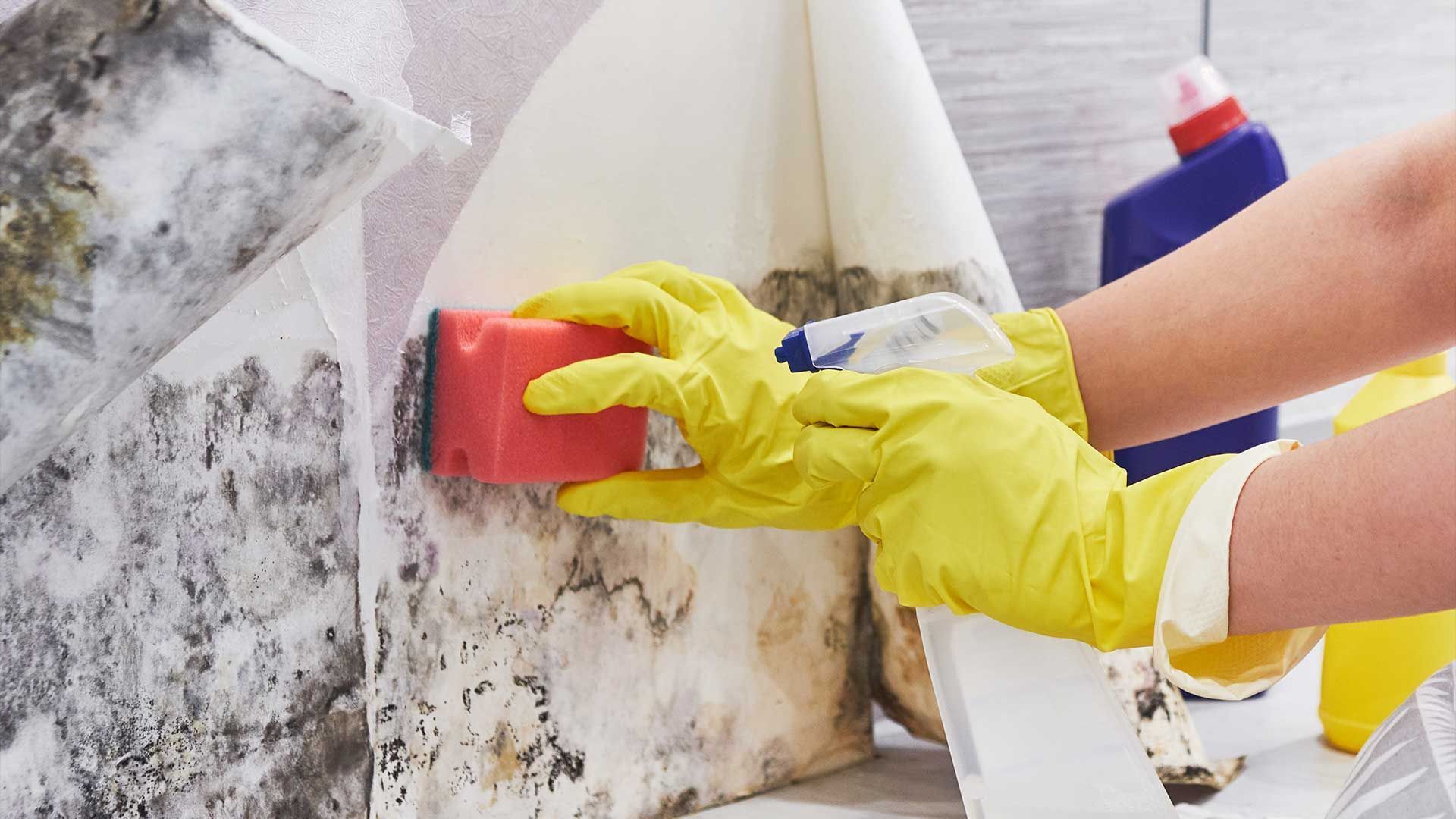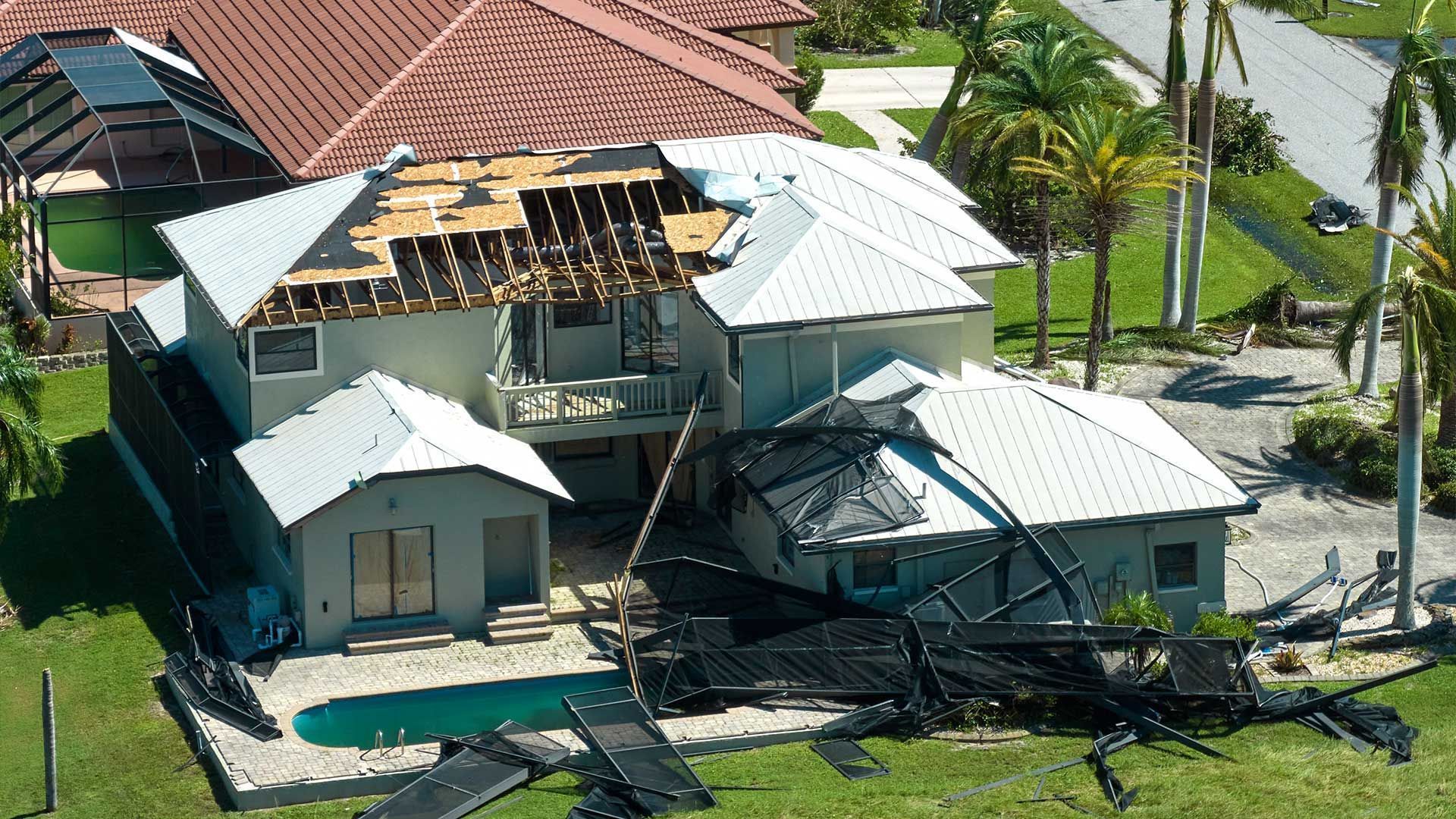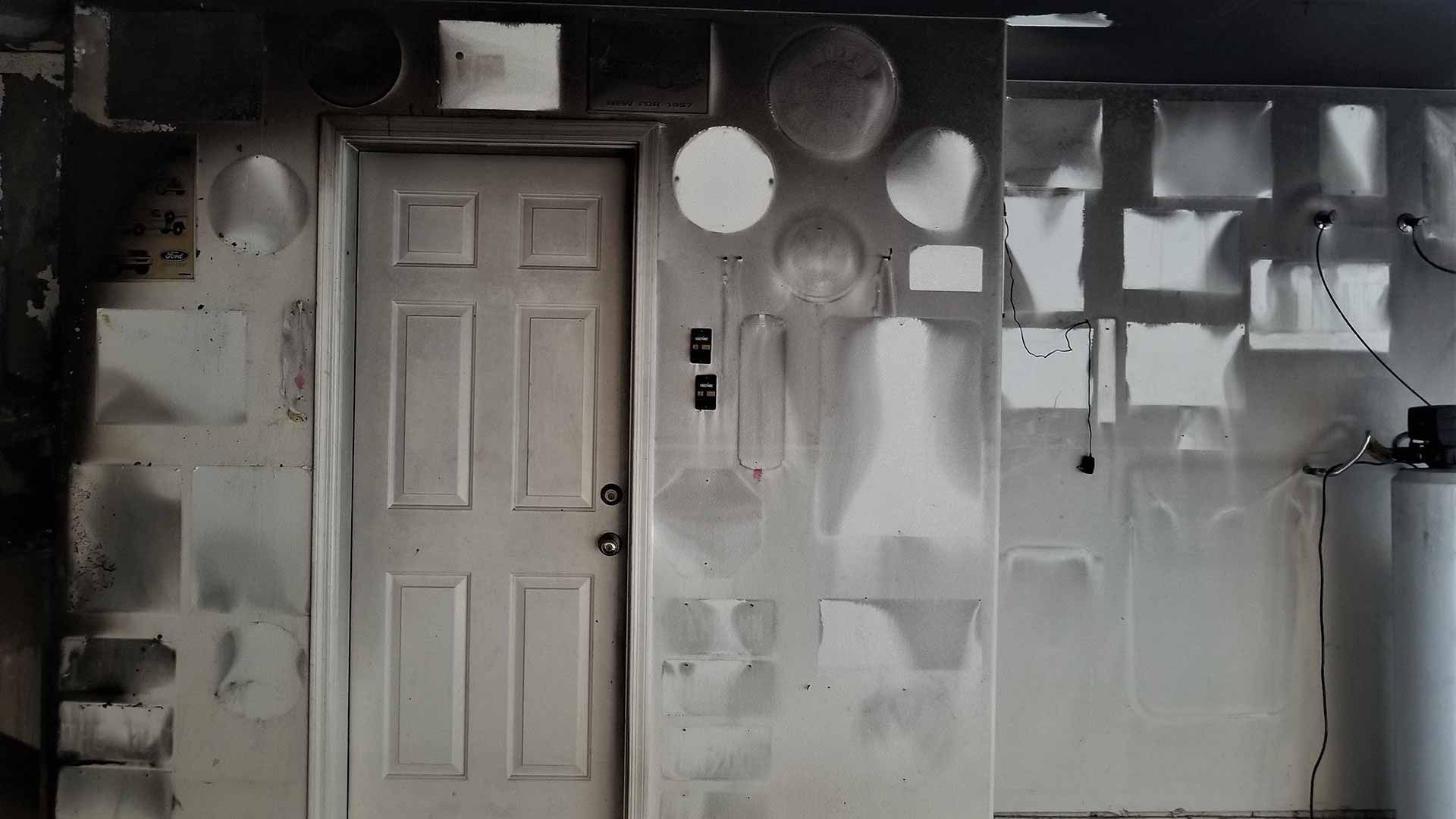Unlocking a Lush Lawn: The Magic of Overseeding
james • September 27, 2023
A verdant, well-manicured lawn is often seen as a reflection of the care and pride a homeowner takes in their property. From backyard barbecues to children's play areas, a healthy lawn serves as the stage for countless memories. However, achieving and maintaining that lush greenery can often seem like a challenging puzzle, especially when faced with issues like thinning patches or fading color. Enter the technique of overseeding—a method that has been a gardener's secret weapon for years. Through overseeding, homeowners can rejuvenate tired lawns, combat wear and tear, and enhance the overall vitality of their green spaces. Paired with a trusty lawn overseeder, this process is not just efficient but also transformative. If you've ever wondered how your neighbor maintains that impeccable lawn or if you're simply looking to breathe new life into your turf, this deep dive into the magic of overseeding is tailor-made for you. Join us as we uncover the steps, the benefits, and the sheer brilliance of this lawn care strategy.
Have you ever strolled through a neighborhood and found yourself in awe of that one lawn that looks impeccable year-round? Vibrant, dense, and free of any unsightly bare patches, it's every homeowner's dream. How do they do it? Well, the secret might just be in the art of overseeding. By using a lawn overseeder, this method can work wonders, and today we're diving deep into how it transforms ordinary yards into lush landscapes.
What is Overseeding?
Overseeding is a horticultural technique where new grass seeds are sown directly over an existing lawn. Rather than tearing up the lawn and starting from scratch, overseeding helps to rejuvenate and revitalize the existing turf. Here's a deeper dive into the process:
- Layering for Growth: When overseeding, you're essentially layering new seeds over the current grass. This provides an environment where old and new grass can coexist and thrive together, with the new grass filling in the gaps and patchy areas.
- Strengthening the Species: Sometimes, overseeding is done not just to address a lawn's sparseness, but to introduce a more resilient or vibrant grass variety. Over time, these new varieties can help the lawn withstand pests, diseases, or challenging weather conditions better than the original species.
- Enhanced Soil Contact: Proper overseeding isn't just scattering seeds atop the grass. It requires ensuring the seeds have good contact with the soil. This can be achieved by using a lawn overseeder or by aerating the lawn prior to overseeding, which creates small holes that allow seeds to nestle into the soil more effectively.
- Multi-species Blends: Some homeowners opt for a mixed seed blend when overseeding. This creates a biodiverse lawn where different grass species complement each other. For instance, a blend might include a grass variety that's drought-tolerant and another that's shade-loving, ensuring green coverage in various conditions.
- Improving Lawn's Lifespan: All grasses have a particular lifespan after which they start to decline, even with the best care. Overseeding introduces younger plants into the turf, thereby continually renewing the lawn and extending its overall lifecycle.
By strategically adding new seeds to an existing lawn, overseeding rejuvenates and thickens the turf, making it more resilient to environmental stresses and less hospitable to weeds.
Why is Overseeding Necessary?
Over time, even the healthiest lawns can start to thin out. Whether it’s due to foot traffic, pest infestations, environmental stressors, or simply the lawn's natural life cycle, overseeding becomes essential to:
- Combat Thinning: Aging grass gradually loses its vigor. Overseeding rejuvenates your lawn by introducing younger plants.
- Disease Resistance: Newer grass varieties are often more resistant to diseases. Mixing them in with your current lawn can help improve its overall health.
- Enhanced Appearance: A dense lawn not only feels good underfoot but also adds aesthetic value to your property.
- Weed Reduction: A thick lawn leaves little room for weeds to grow, making overseeding an effective natural weed deterrent.
How Does a Lawn Overseeded Come Into Play?
A lawn overseeded is a specialized piece of equipment designed to evenly distribute seeds over existing grass. Unlike simply throwing seeds onto the ground, this machine ensures optimal seed-to-soil contact, which is vital for germination. Here's how it works:
- Preparation: Before using the lawn overseeded, mow your grass shorter than usual and remove any clippings. This ensures that seeds can easily reach the soil.
- Seeding: Fill the overseeded with the appropriate grass seed for your lawn type and region. As you push the overseeded across your lawn, it will drop seeds at a consistent rate and depth.
- Watering: Once overseeding is complete, water the lawn lightly but regularly to support germination.
The Right Time to Overseed
Knowing when to deploy your lawn overseeder is crucial. For cool-season grasses like Kentucky bluegrass or ryegrass, early fall is the optimal time, as the soil is still warm from summer, but the cooler air reduces the threat of pests. For warm-season grasses such as Bermuda or zoysia, late spring to early summer is best.
Tips for Successful Overseeding
- Choose Quality Seeds: Investing in high-quality grass seed ensures better germination and a healthier lawn.
- Soil Testing: Before overseeding, test your soil’s pH and nutrient levels. Adjusting them can significantly enhance seed germination.
- Water Wisely: Keep the top inch of soil consistently moist until seeds germinate. Once they sprout, water less frequently but more deeply.
- Avoid Heavy Traffic: Reduce foot traffic on the newly overseeded areas for at least two to three weeks.
Conclusion
Overseeding, a tried-and-true lawn care practice, has been the secret weapon of many gardening aficionados for generations. At its core, it's a transformative method that breathes new life into even the most tired-looking turfs. Whether your lawn has faced the harsh realities of seasonal changes, foot traffic, or simply the passage of time, overseeding acts as its elixir of youth.
What truly sets overseeding apart is its simplicity. Instead of undergoing the arduous task of uprooting an entire lawn and starting afresh, overseeding involves adding new grass seeds directly over an existing lawn. This strategy not only fills in those unsightly bare patches but also improves the density and health of the lawn overall. It's a refresh without the heavy restart.
Now, while the concept of overseeding might seem straightforward, the efficiency and success of the procedure are significantly heightened with the aid of a lawn overseeder. This invaluable tool ensures that seeds are evenly distributed, optimizing seed-to-soil contact which is vital for successful germination. No more guessing or uneven patches — the lawn overseeder takes the guesswork out of the equation.
The end result? A lawn that stands out in its lushness, vibrancy, and sheer beauty. It's not just about aesthetics; a revitalized lawn can also handle environmental stresses better, resist pests, and offer a more enjoyable outdoor space for activities. As homeowners, we all aspire for that yard which becomes the talk of the neighborhood — a testament to our care and dedication.
So, when your lawn starts showing signs of wear or when you're craving that lush, magazine-worthy look, remember the unparalleled magic of overseeding. It's more than just a technique; it's a gateway to unlocking the vibrant, dense, and dreamy lawn you've always envisioned.

Home flood restoration is a time-sensitive endeavor crucial for mitigating the devastating aftermath of water damage. Prompt action within the first 24 hours is paramount in minimizing the destructive consequences that home floods can unleash. When left unaddressed, water damage can lead to structural issues, mold growth, and irreversible harm to valuable possessions. Immediate intervention is not just about salvaging belongings; it's a strategic move to safeguard the overall well-being of your home and its inhabitants. In this article, we will delve into the urgency and significance of swift home flood restoration, shedding light on the potential devastation caused by floods. By understanding the critical steps and effective techniques, homeowners can equip themselves with the knowledge needed to navigate the restoration process efficiently, ensuring a faster and more successful recovery from the challenges posed by water-related disasters.

In the ever-changing landscape of 2024, the need for fire and water damage restoration preparedness has never been more critical. Our homes are our sanctuaries, but they face increasing risks from unexpected disasters such as fires and water-related emergencies. This article serves as a guide to help you safeguard your home and loved ones against these potential threats in the coming year. Emergencies can strike without warning, making it vital to assess your risk and create a comprehensive emergency plan. By identifying local risks, understanding climate change's impact, and evaluating your home's vulnerability , you can take proactive steps to mitigate potential damage. In this guide, we will explore the steps you can take to prevent and prepare for fire and water damage, including practical tips for fire-resistant landscaping, plumbing maintenance, and building an emergency kit. We'll also delve into the importance of insurance coverage and community support to ensure you're well-equipped to face any unforeseen challenges that may arise.
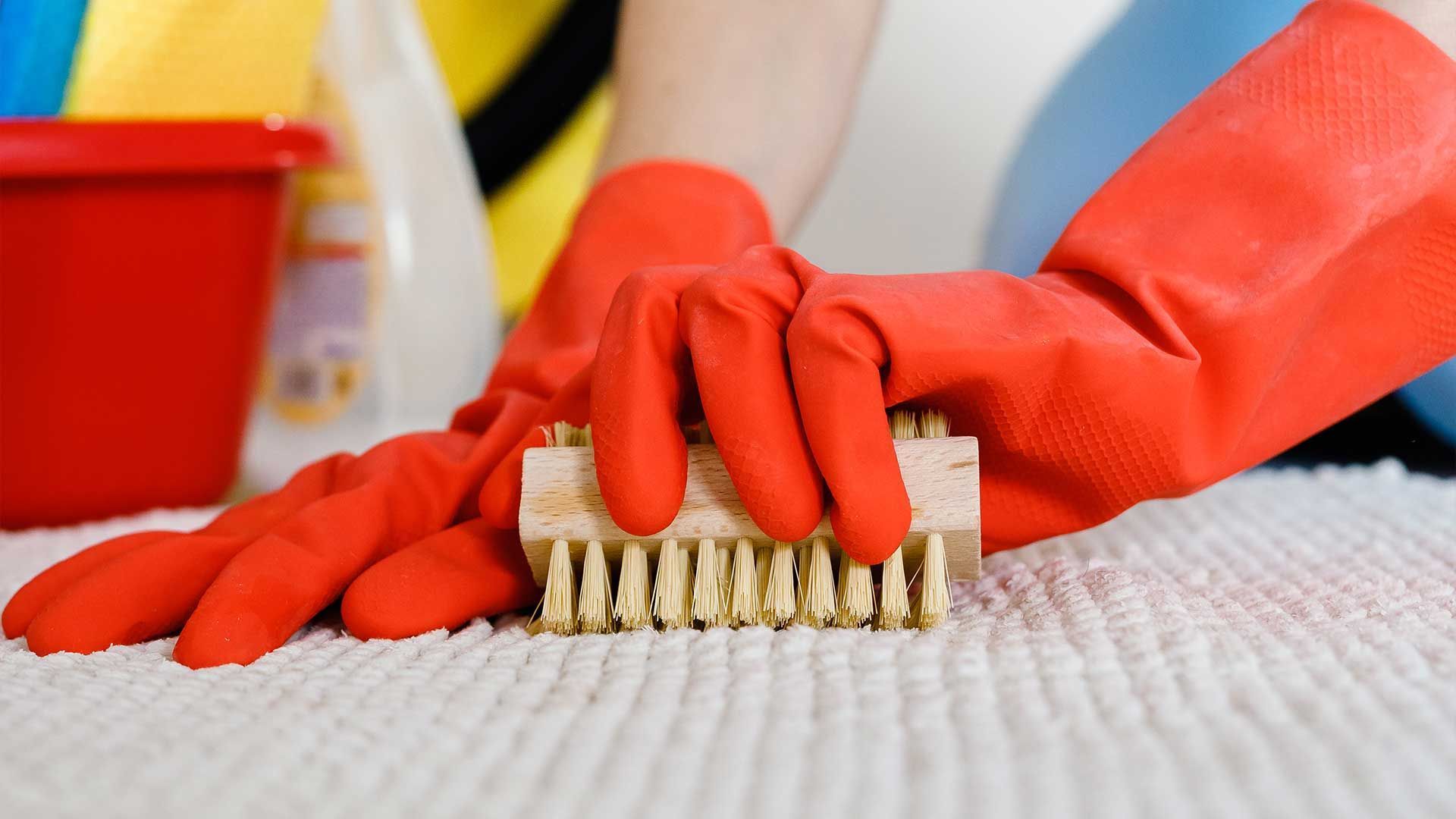
The holiday season is upon us, and it's time to make sure your home is in top shape. One common issue homeowners face, especially during the colder months, is the presence of mold and mildew in their carpets. These pesky invaders can not only ruin the look of your carpet but also create an unhealthy environment for you and your loved ones.
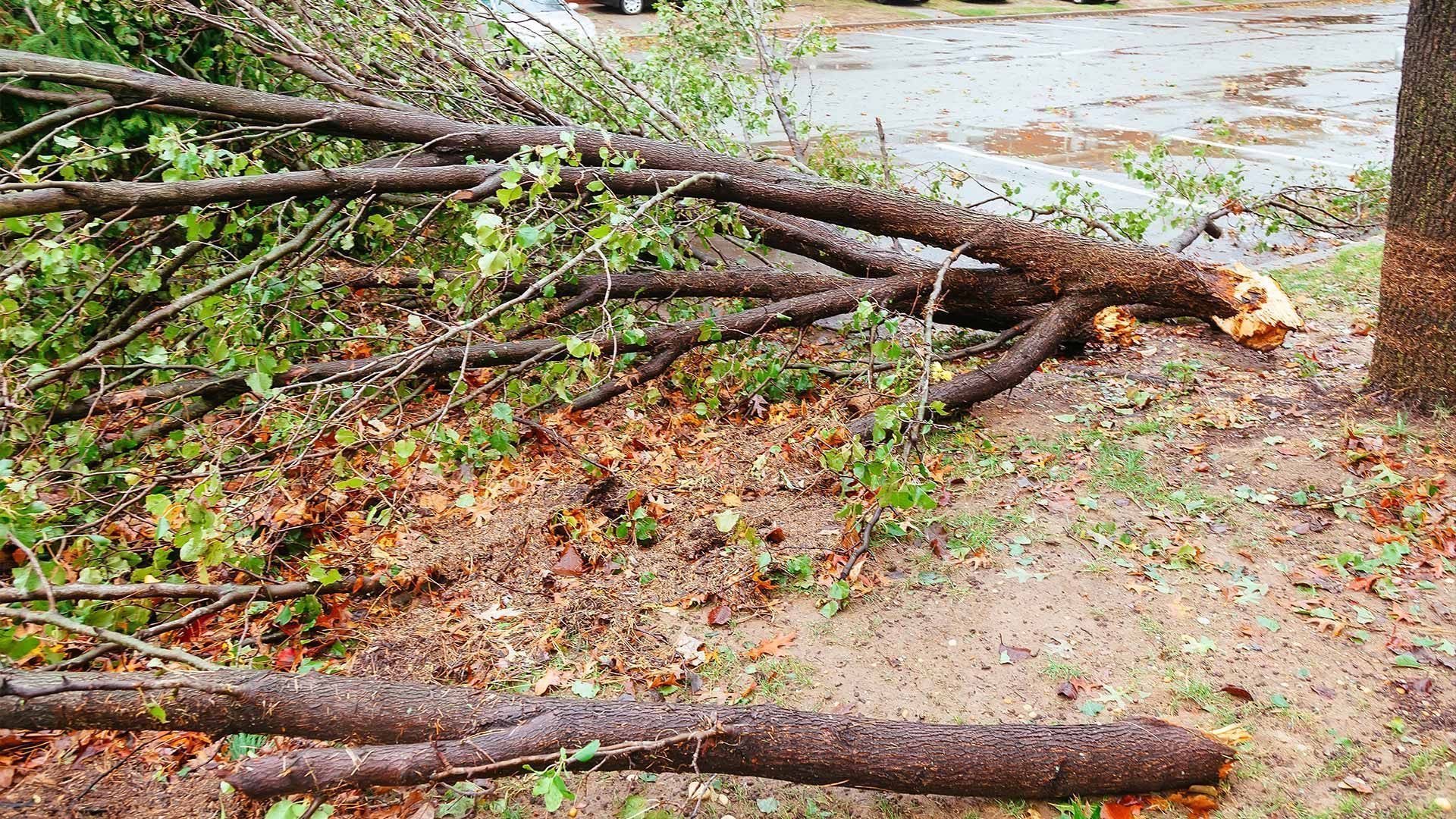
Flood debris removal is a big task that comes after any flood. When a flood happens, it leaves behind a lot of mess. This can be broken things from your house, fallen trees, or even mud. Cleaning up this mess is important to make your home safe and clean again. But, how you choose to do this cleanup is a big decision. In this article, we'll look at two ways of dealing with flood debris: doing it yourself or getting professionals to help.
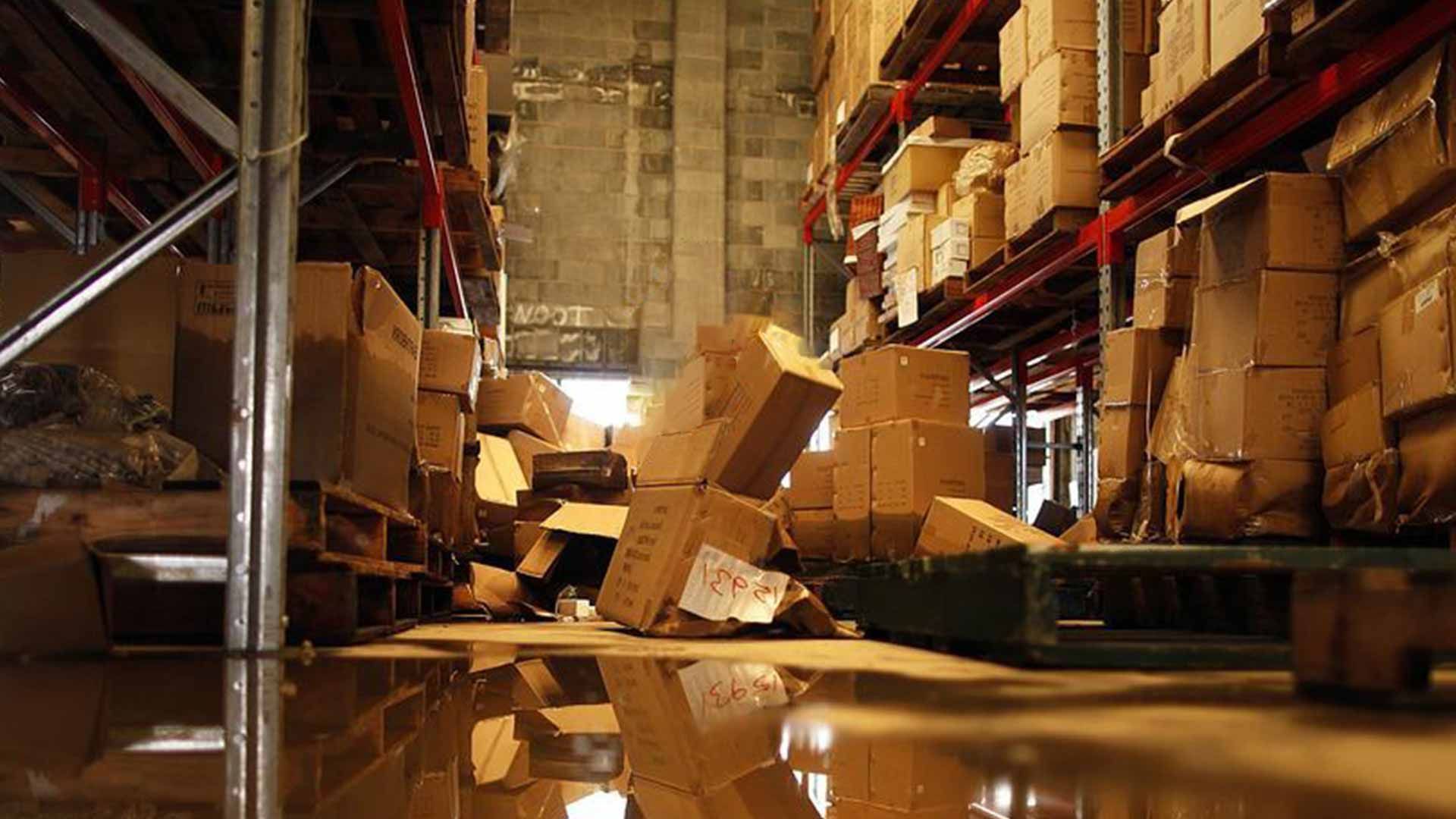
Warehouse water remediation is a crucial process for any business that uses large storage spaces. It involves fixing and preventing water damage to protect the goods stored inside. Water can cause a lot of problems in warehouses, like damaging products or even the building itself. That's why it's important to stop water damage before it starts.

